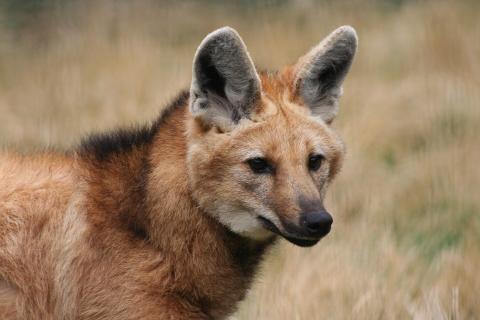CSF worked closely with SERNAP (Servicio Nacional de Áreas Protegidas, National Protected Area Service) which manages the 22 national protected areas, on an analysis to review and optimize Bolivia's protected area (PA) fee system known as SISCO (Sistema de Cobros, System of Collections). The study used quantitative analysis of financial flows and economic valuation tools, including willingness-to-pay surveys, to look at the fee structure of four PAs. Our results showed that adjusting the entrance fee of Eduardo Avaroa National Andean Fauna Reserve and adding an entrance fee to Cotapata National Park would increase annual revenues to SNAP by USD 1.5 million.
We delivered the final results to SERNAP in September 2019. Our next step is to present the results to the SERNAP authorities in each of the four PAs, as well as to tour operators, park rangers, and local communities.
Background
SNAP (Sistema Nacional de Áreas Protegidas, the Bolivian National System of Protected Areas), which manages all protected areas at the municipal, departmental and national level, has historically been both underfunded and highly dependent on inconsistent financial sourcing, though this has been changing in recent years. SISCO fees are the only source of income under SERNAP and account for approximately US$3 million per year. One of the components of the System of Collections (SISCO), are entrance fees to protected areas, which are implemented in eight of the country’s 22 national protected areas (PAs).
While SISCO’s contribution is important, there is significant scope for improvement. Despite important tourism activities in multiple PAs, 90% of the revenue generated by SISCO comes from just one, the Eduardo Avaroa Reserve. More broadly, entrance fees in Bolivia have never been based on a quantitative understanding of tourists’ decisions, meaning that SERNAP may be missing an opportunity to increase revenue without adversely affecting demand.
Read more about the study in our policy brief. (Publication in Spanish).
This analysis was made possible with generous funding from the Andes Amazon Fund.
Photo: Maned wolf
Photo credit: Robert Elsmore/ Flickr


